What can eastern Montana teach us about organizing?
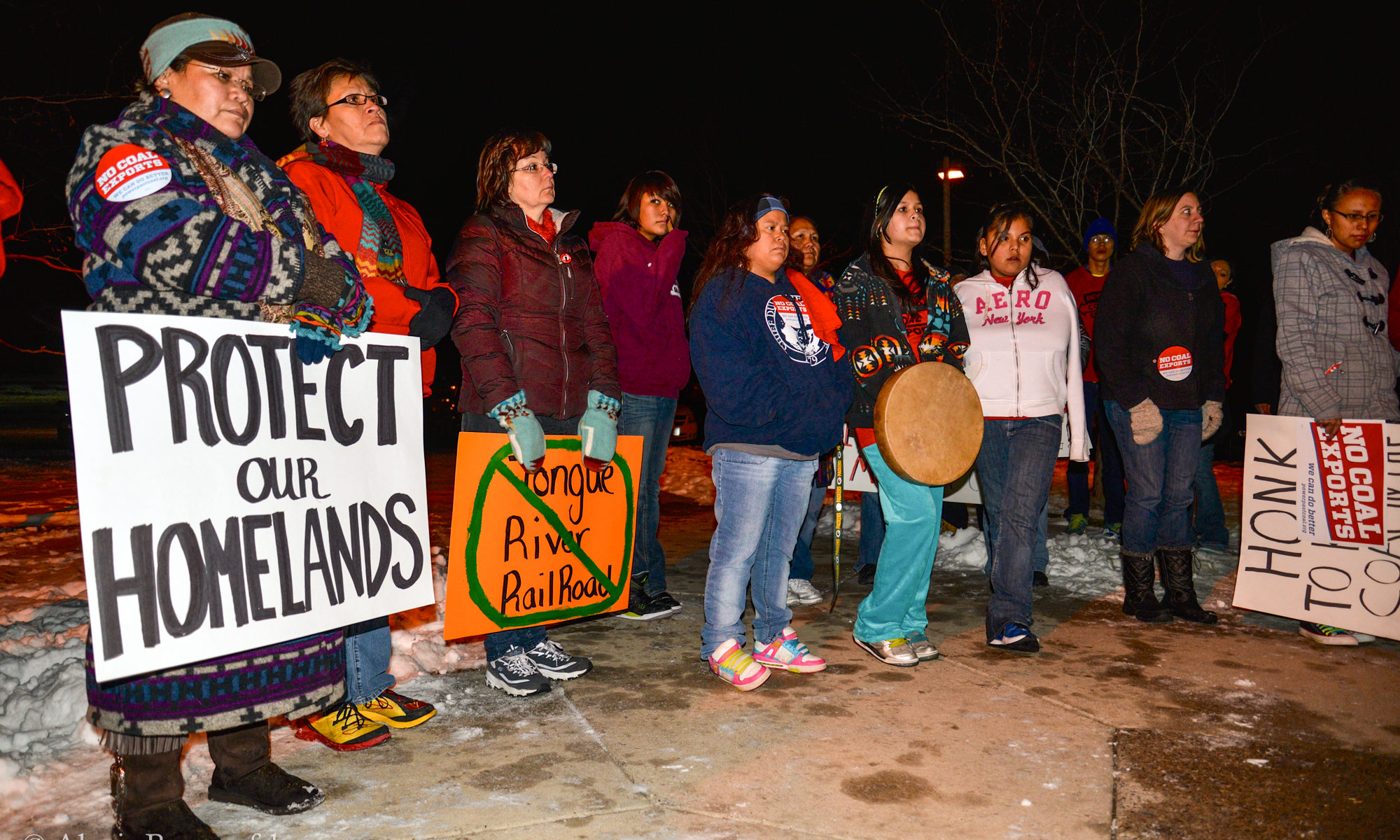
At 5:30 p.m., on a frigid winter night in January of 2013, staff from the Montana Department of Environmental Quality (DEQ) and Arch Coal employees arrived at the tribal government building in Lame Deer on the Northern Cheyenne Reservation to hold a public hearing on the scope of study for the environmental impact statement for the proposed Otter Creek coal mine.
To get to the front entrance they had to walk by 150 Northern Cheyenne tribal members, off-reservation white ranchers and a handful of environmental allies from around the state huddled together around a small fire. Otto and Martin Braided Hair drummed and sang Northern Cheyenne traditional songs.
The DEQ, like many government agencies these days, decided to host an “open house” instead of a public hearing. An open house is when the agency sets up a couple of booths and individuals walk around from table to table and ask questions of agency staff. Then, if you have a comment, you walk to a secluded part of the room where a court reporter is sitting. It’s awful.
In a real public hearing, the community has an opportunity to hear each other talk about the impacts of a project and ask questions. You learn from what others are saying. It sparks ideas. It helps you understand other’s viewpoints. In an open house people are isolated from each other. There is power in public hearings and they are foundational to democracy. I love them. All of them. If I could go to public hearings every day I would.
I was hooked the moment I read this paragraph in Last Stand at Rosebud Creek,
“This was their moment of decision: a public hearing may not have much effect in the halls of legislation, but it uncompromisingly defines the motives and emotions of a community and, even more clearly, the beliefs of the individual. You speak; you make yourself known; you are no longer a bystander in conflict.”
Open House or Public Hearing?
At 6:00 p.m. the open house was supposed to start but no one from the public was inside the tribal building. The DEQ staff was starting to get a nervous. They walked outside and told us that if no one came in they would close down the meeting and leave.
Shortly after that announcement the assembled group followed Tom Mexican Cheyenne, the designated speaker, into the tribal building. We brought our own microphone and speaker system. Tom politely informed the DEQ and representatives from Arch Coal that we would have a real public hearing and they were welcome to stay and hear what the community thought about the proposed coal mine on the nation’s borders.
Here’s what Tom said.
“I have been asked to be the spokesperson for our people here who are wanting to express what they see is happening in southeastern Montana. And first of all I want to welcome our visitors. The people that have come from Helena and other places and probably the company that is planning on doing the development here. We are here as people from southeastern Montana and also as people who have relatives and ancestors who passed on and gave their lives and their family’s lives and their children’s lives for this land. Just about a week ago we had a run from Ft. Robinson, NE to here. Young people running in memory of our ancestors that didn’t want to stay in Oklahoma anymore and wanted to come back to their homeland. We consider southeastern Montana, this area here, as our homeland even though we don’t physically own it on paper which is the way you look at the ownership of land. We don’t own any land, when we leave this earth, we don’t take it with us, it stays here. But we also believe we take care of it.
We heard about what you did in Broadus and Ashland, how you set up stations and I just want to say that when you come here, you are coming to where we live and I’m going to ask you that you respect that. We don’t talk to microphones, we talk to people. We want our people to be able to hear what is being said and this is the way we’d like you to conduct this. We want our people to tell you how they feel about what you are planning on doing here, in this country.
This is the way we’d like it to be done. Because we have elder people here and other people who have something really important to say that needs to be heard by everybody and not just one microphone and one individual sitting here switching it on and off. We don’t want that to happen here and we want you to respect our ways. This is why we are here.”
A two hour open house turned into a five hour public hearing.
At the end of the evening, Brad Sauer a white rancher from off the reservation stood up to the microphone.
“I want to say to my neighbors the Northern Cheyennes thank you for showing me what free speech looks like and sounds like.”
The crowd cheered.
What can we learn from this story?
If you take my recounting of this event at face value, you might assume I’m saying people should take over public hearings. If you think that, you’re wrong. One of the big problems with sharing this, a story previously was unknown to most people, is it is just one small piece of a extremely large puzzle.
It doesn’t teach you much unless you know the larger strategy and story behind stopping the modern iterations of the Otter Creek coal mine and Tongue River Railroad.
On that cold night in January, in the middle of what most people would think of as “nowhere,” 150 people showed up for their land and community. It was a night where people took a little control back from our government and industry.
However, this action wouldn’t have made sense if we hadn’t already been participating in the government process for the previous five years. We were all commenting, attending agency meetings, lobbying politicians, reading hundreds of pages of documents, holding events and making sure we knew what was happening. We had been building support for years and making sure that when we did something like this that we knew we could pull it off. We weren’t worried that it wouldn’t work. It wasn’t a social media stunt. It wasn’t for random attention, it was to show the state of Montana what they were up against; a community was united and we weren’t going to let them push us around.
We were showing Arch Coal that it was hostile territory.
This story is about a tactic but it can’t be separated from the larger strategy. The work east of Billings teaches me that real organizing is about building relationships between people and not always about numbers and that the most impactful organizing is not general and national but specific and local. It is about developing a long term strategy for particular goals and being resilient. It’s about working with people who feel accountable to each other and not about name-calling and exclusion.
Organizing isn’t just about getting people to protests and rallies or signing petitions (even though sometimes those are important tactics), it is about helping people become competent leaders in our democracy.
One is transactional the other is transformational.
Why now?
Why am I telling this story now? Because I’ve realized the only way we can continue to move forward is if we share our stories about winning and losing, about what works and what doesn’t, about the nuances of organizing work. You never get that information from a lot of organizations so people looking to become more active in government don’t realize what it takes or where to start. You don’t see a lot of people who are part of campaigns or groups talking about the failures.
Just wait till I get to those.
There are a lot of interesting lessons that can be learned from eastern Montana and from great organizers in the rural west. What does it look like to have a people from different backgrounds, cultures and political views working together for a common goal? How does it happen? I certainly don’t have all the answers, in fact, I don’t have any. But I have ideas.
I’ve been hesitant to share these stories before because organizing is about personal relationships and therefore when I write about it I am inevitably dragging a lot of people along with me whether they like it or not. To help alleviate my anxiety about this, sometimes I will write in general terms to protect my relationships and my friends from unwanted attention and sometimes in very specific terms when it’s appropriate.
I’m going to write about what worked, what failed, the good that comes out of failure, what frustrates me about where I see organizing work going and where I’d like to see it moving. I’m also going to share some stories and insights from other rural organizers I admire and books organizers should be reading.
And if you, the reader, find anything that is helpful in what I’m writing then I’ll consider this effort worthwhile.
Welcome to the EOB organizing school.

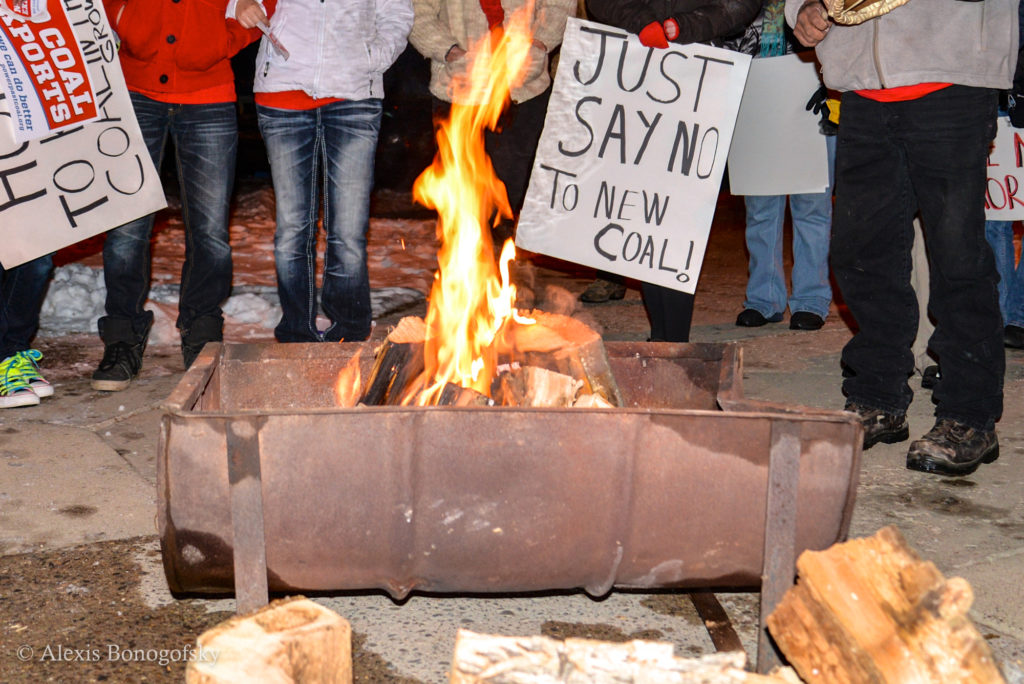
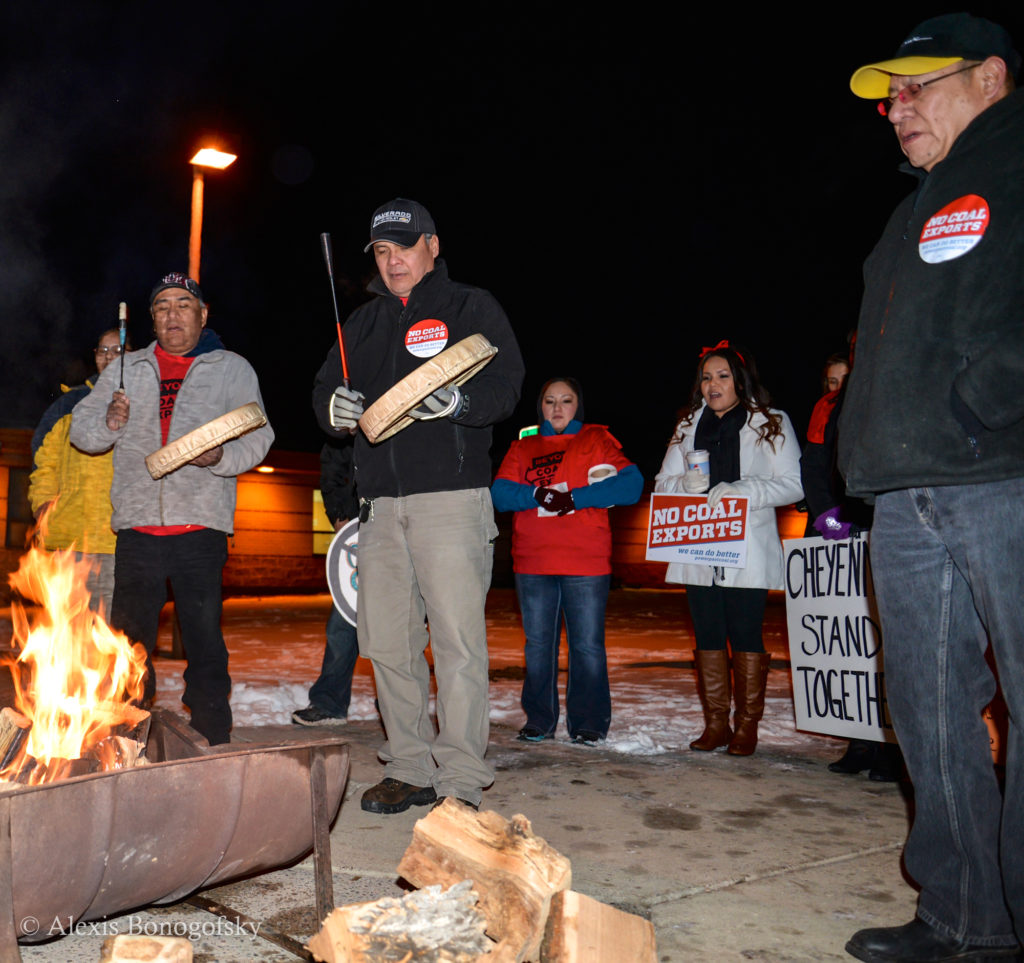
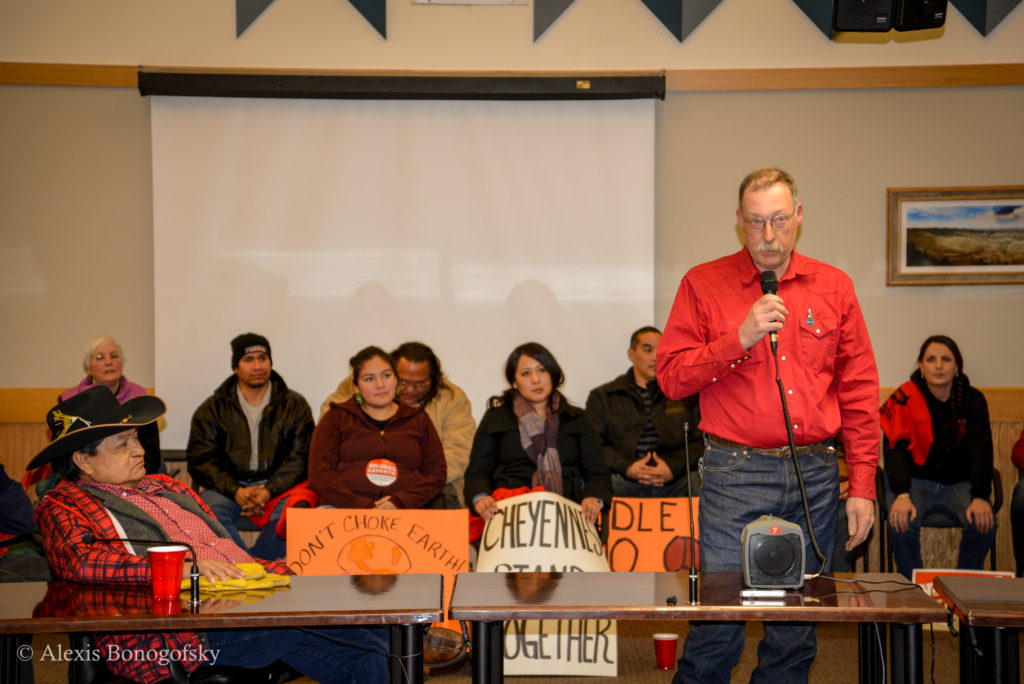
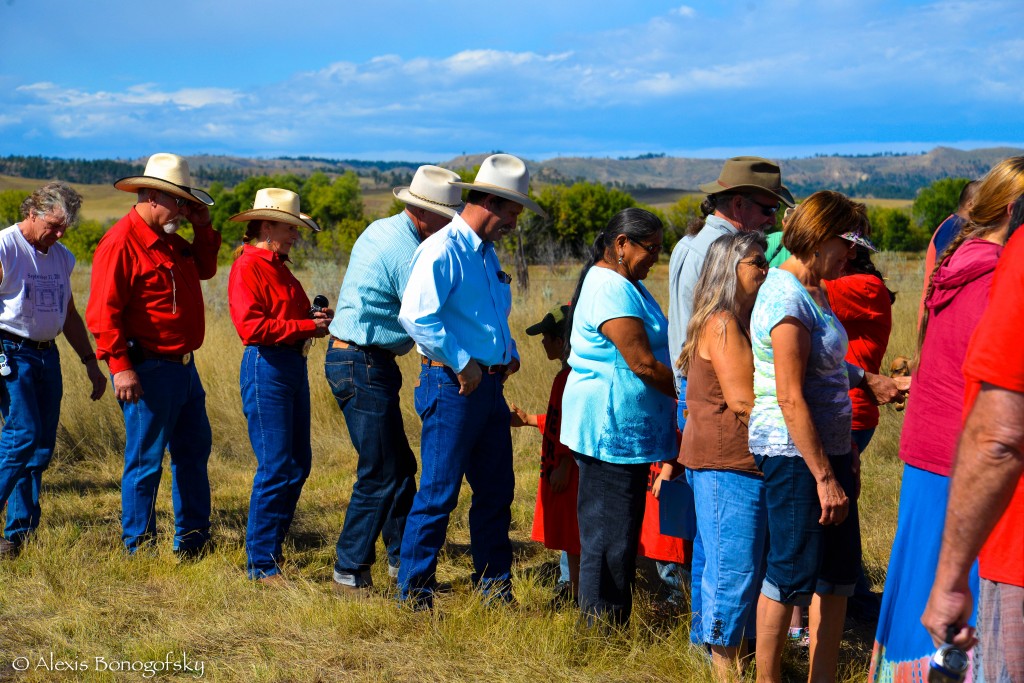
A wonderful and moving story. Thanks for posting this.
I admire you and the people you work with. Thanks.
This is a timely and elegant description of community conflict resolution and the joys of living non-violently with your neighbors. It did my heart good today. Thank you for taking the time to recount the path folks walked together. Collectively you have spoken out for your heritage and your land and OUR environment. This work is hard, frustrating at times, and deeply necessary. I’m glad for your victories and envious of your coalition.
Very nicely done… More please!